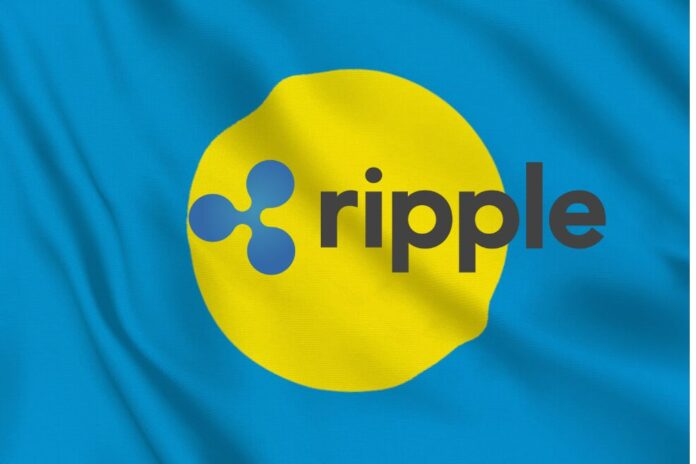In a significant development for the cryptocurrency community, an XRP user recently conducted the first stablecoin transaction using a Central Bank Digital Currency (CBDC) on the XRP Ledger (XRPL) in Palau. This event highlights the growing adoption and versatility of blockchain technology, particularly XRPL, in facilitating fast and efficient digital payments.
The news was shared on X by a well-known figure in the crypto space, JackTheRippler (@RippleXrpie). His post emphasized the importance of this milestone, particularly the role of XRP as an “auto-bridge asset for every stablecoin.”
The transaction happened in a local shop in Palau, where a customer used a CBDC stablecoin to complete a payment via XRPL. While the transaction was successful, it was noted that the process took slightly longer than usual due to the shop’s poor internet connection. Despite this minor delay, the event is seen as a crucial step forward in the real-world application of blockchain technology for digital payments.
XRP as an Auto-Bridge Asset
One of the key takeaways from this event is the role of XRP as an auto-bridge asset on XRPL. An auto-bridge asset is a digital currency that facilitates the conversion between different fiat currencies or stablecoins without the need for multiple conversions. This feature significantly reduces transaction costs and time, making cross-border payments more efficient.
This capability is particularly important as it positions XRP as a digital currency and a critical infrastructure component in the broader digital economy. The ability to seamlessly bridge various stablecoins enhances liquidity and reduces the friction typically associated with converting between different currencies, and experts have set targets as high as $10,000 for XRP if it can play this crucial role.
We are on twitter, follow us to connect with us :- @TimesTabloid1
— TimesTabloid (@TimesTabloid1) July 15, 2023
Implications for CBDCs and the Future of Digital Payments
The successful transaction in Palau demonstrates the practicality of using CBDCs on the XRP Ledger, a development that could have far-reaching implications for the future of digital payments.
Central Bank Digital Currencies are digital forms of fiat money issued by central banks that offer unparalleled speed. They are designed to be a secure and efficient alternative to traditional cash and other forms of digital payments.
This development is particularly significant for regions like Palau, where traditional banking infrastructure may be limited. The use of the XRP Ledger for CBDC transactions offers a viable alternative to conventional banking systems, providing residents with access to a global financial network. This can drive financial inclusion, enabling more people to participate in the digital economy.
Disclaimer: This content is meant to inform and should not be considered financial advice. The views expressed in this article may include the author’s personal opinions and do not represent Times Tabloid’s opinion. Readers are urged to do in-depth research before making any investment decisions. Any action taken by the reader is strictly at their own risk. Times Tabloid is not responsible for any financial losses.
Follow us on Twitter, Facebook, Telegram, and Google News


